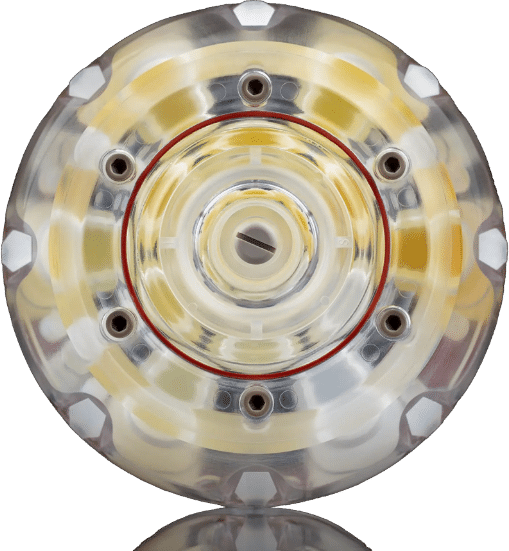Join us for Session 2: Tuesday, June 24th, 9:00 AM (MDT). To sign up or for login details, please email info[at]qmri.com.
Topic: The variability of Mean ADC Measurements with Simultaneous Multi-slice Imaging in a NIST/QIBA/CaliberMRI Diffusion Phantom
Guest Speakers: Dr. Ryckie Wade, PhD, and Matthew Marzetti, MsC, University of Leeds, United Kingdom
Dr. Ryckie Wade is the NIHR Academic Clinical Lecturer in Plastic & Reconstructive Surgery at the University of Leeds and Leeds Teaching Hospitals. His group focusses on the development of quantitative imaging for the management of major nerve injury and compression.
Matthew Marzetti is a clinical MRI physicist at the Leeds Teaching Hospitals NHS Trust, where he oversees MRI safety, clinical protocol development and provides research support. In April 2023 Matthew began an NIHR Doctoral Clinical and Practitioner Academic Fellowship investigating whether quantitative MRI and artificial intelligence can improve soft tissue tumour diagnosis.
Scope: Long scan times limit patient throughput and can lead to motion that can have adverse effects on quantitative MRI measurements. Acceleration technologies can help reduce scan times, although often with trade-offs in image quality. In this study we evaluated the impact of simultaneous multi-slice (SMS) imaging on the accuracy and reproducibility of ADC measurements using the CaliberMRI diffusion phantom, which has full traceability through the National Institute of Standards and Technology (NIST). In this multi-vendor study we used the DWI sequence specified by the phantom manufacturer and applied SMS with different SMSD factors. Our results show that while ADC measurements remain accurate and reproducible at low SMS factors (SMS = 2), higher SMS factors lead to decreased accuracy and reproducibility. This suggests that using an SMS factor of 2 can accelerate MRI DWI acquisitions without introducing ADC bias, improving patient experience and throughput while reducing motion artifacts. However, higher SMS factors may be unreliable, particularly in regions with high diffusivity.

